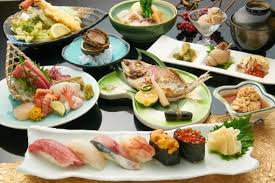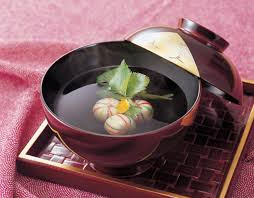
In Japanese cuisine, more time and effort are spent for food preparation to enhance character of ingredient, especially cutting method tend to be put greater emphasis.
The head chef of Japanese food is often called 『ITA-MAE』 (Front of the Board) or 『HANA-ITA』(Board Flower), and this “ITA”(Board) is pointing the “cutting board”.
As this custom indicate, “cutting the ingredients” is recognized as an independent cooking process separated from other process such as boiling, simmering, and grilling, and paid significant emphasis.
『KASSHU-HOJU』describes a philosophy of Japanese cooking and means Cooking (Boiling, Simmering, Grilling) follow the Cutting.
We can see the Japanese belief to value natural taste of the ingredient in this food culture that cooking method has been used creatively pursuant to the freshness of the ingredients.
For example of fish:Raw (Sashimi) → Grill → Simmering/Stewing → Deep-frying (Tempura)
It seems common acknowledgement that the simpler method is more difficult just like cutting excess point of ingredient to enhance its advantage in Japanese cooking.

See you later.















